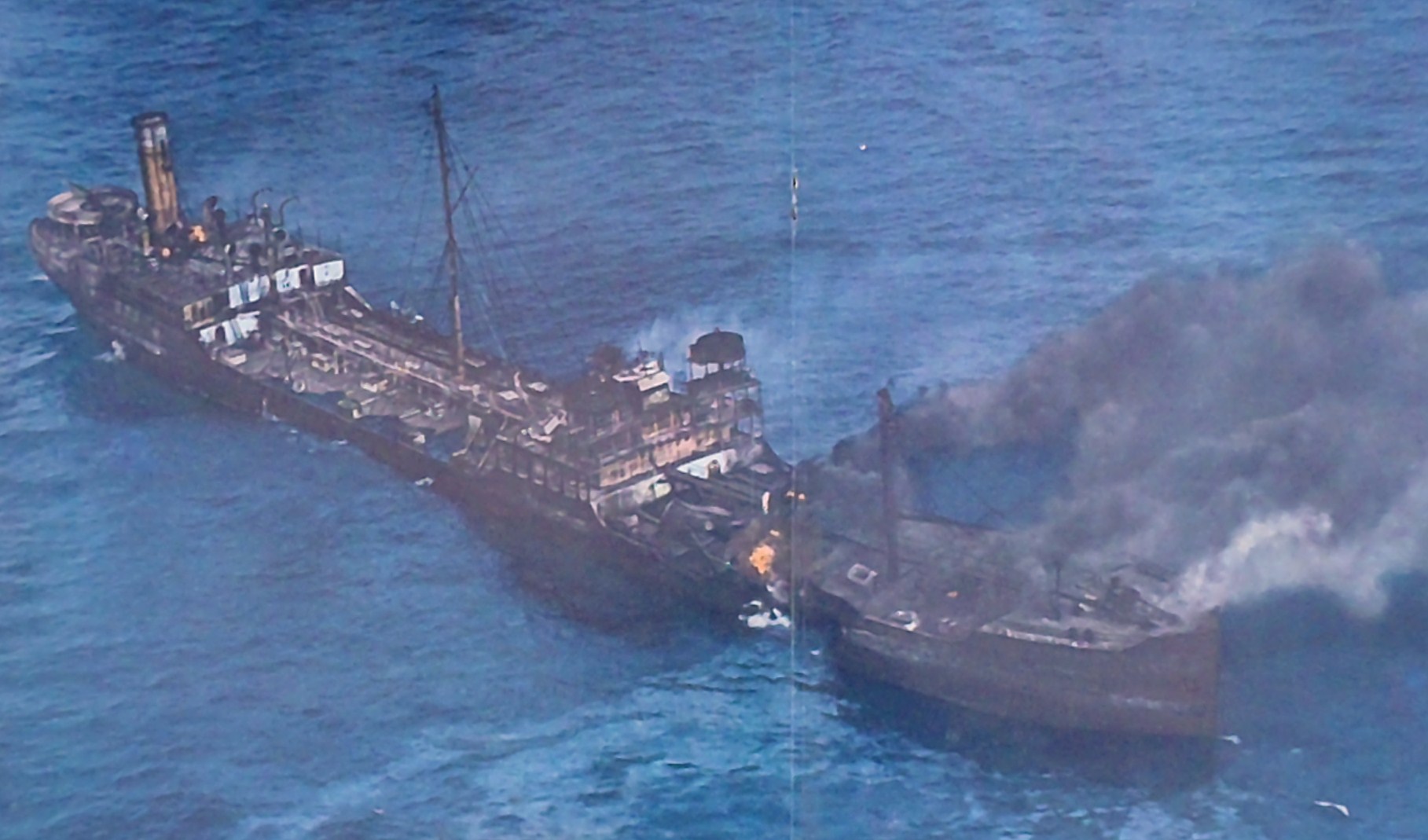Dive The Empire Mica

The Empire Mica Dive Video
The Empire Mica History
TEXT HERE
The Job of The Empire Mica
TEXT HERE
The Sinking of The Empire Mica
TEXT HERE
Second Life of The Empire Mica
TEXT HERE
Date of Sinking: PLACE DATE HERE
Place date here from Spreadsheet in G Drive OR From http://www.floridapanhandledivetrail.com/
Depth
Length
Beam
Distance
Empire Mica Coordinates:
29° 58.475’ N – 085° 51.915’ W <<<—Add real coordinates here.
Early History Of The Empire Mica
To many people, World War II was something that happened “over there.” To others who are younger, it was something to be studied in history class. Occasionally, history becomes very real. In the case of World War II, it often touched much closer to home than the European and Pacific battlefields.
The EMPIRE MICA was built in 1941 at the Furness Shipbuilding Yard in Howeston-on-tees, England. Although owned by the Ministry of War Transportation, she was leased to the Anglo-American Oil Company. At 465 feet long and 61 feet wide with a gross tonnage of 8,032, she was in the size category of the largest tankers of the era.
In June 1942, in Baytown, Texas, the MICA was loaded with 11,200 tons of petroleum distillate and began the long journey home on her maiden voyage. Submarine sightings had been reported all along the Gulf Coast so the plan was to anchor for the night in either St. Andrews or St. Joseph Bay. Because of her load, the MICA was drawing too much water to enter either bay. The decision was made to continue south, following the ten-fathom curve which would keep submarines at a disadvantage due to the shallow water. This proved to a fatal mistake.
It was a peaceful, moonlit night, June 29, 1942, when the MICA cleared the shallows off Cape San Blas. As she headed southeast, the quiet was shattered and war struck home, a mere 21 miles from Apalachicola, Florida. Two torpedoes struck the MICA on her portside, just about amidship. Flames leaped high and the explosions were heard for miles and miles up the Gulf Coast.
While the ship burned and exploded, private boaters from Apalachicola sped to the rescue. Despite all efforts, 33 of the 47 crew members were lost. After more than 24 hours of burning and drifting, the MICA finally sank in 105 feet of water just southeast of Cape San Blas.
Immediately following the war, fishermen found that the MICA was still making a contribution to man. This time by providing an excellent habitat for fish and other marine life. The ship’s size made it an excellent center for the development of all sizes and species of fish. Fishermen were delighted immediately and, as the sport of diving grew, divers were the next to be attracted to the wreck. For the next forty years, the MICA’s reputation grew along with its fish population.
In the summer of 1983, the MICA was again assaulted by men and explosives. A group of divers began attempts at blowing the propeller off the ship with intentions of salvaging and selling it. After numerous attempts and many explosions, they were finally “successful.” The prop was moved to Panama City and luckily saved from the scrapyard by the owners of Captain Anderson’s Restaurant (it is now on display in front of the restaurant). The official loser in this battle, like the battle of 1942, was the EMPIRE MICA. The fish population was set back years and, in 1986, was just getting back to what it once was. The after deck, where the main propeller served as a backdrop for photographers, is now lying on the bottom, reduced to a pile of scrap metal. Luckily, the other deck areas are still intact and can dwarf a diver as they rise majestically from the bottom.
Lying on a piece of still intact deck is the symbol of the MICA: the cast metal spare prop. Of no value to salvors, it is still there, all eighteen feet of it. Long ladders lead below deck into the lower compartments and thousands upon thousands of tropical fish are there to greet the visiting divers. The large amberjack, barracuda, snapper and grouper are still around for the experienced underwater hunter. Also, even after over forty years, there are still occasional reports of “porthole sightings.”
The MICA can still cast her spell. Hundreds of divers, whether spearfishing, artifact hunting or taking pictures, become awestruck on descent and many times never move more than fifty feet from the anchor on their first dive.
Prepare yourself and be forewarned. The EMPIRE MICA is habit forming. No matter what you are interested in underwater, the MICA can catch that interest and hold it. Once you make this dive, your problem will be: “WHEN CAN I GO AGAIN?”.
